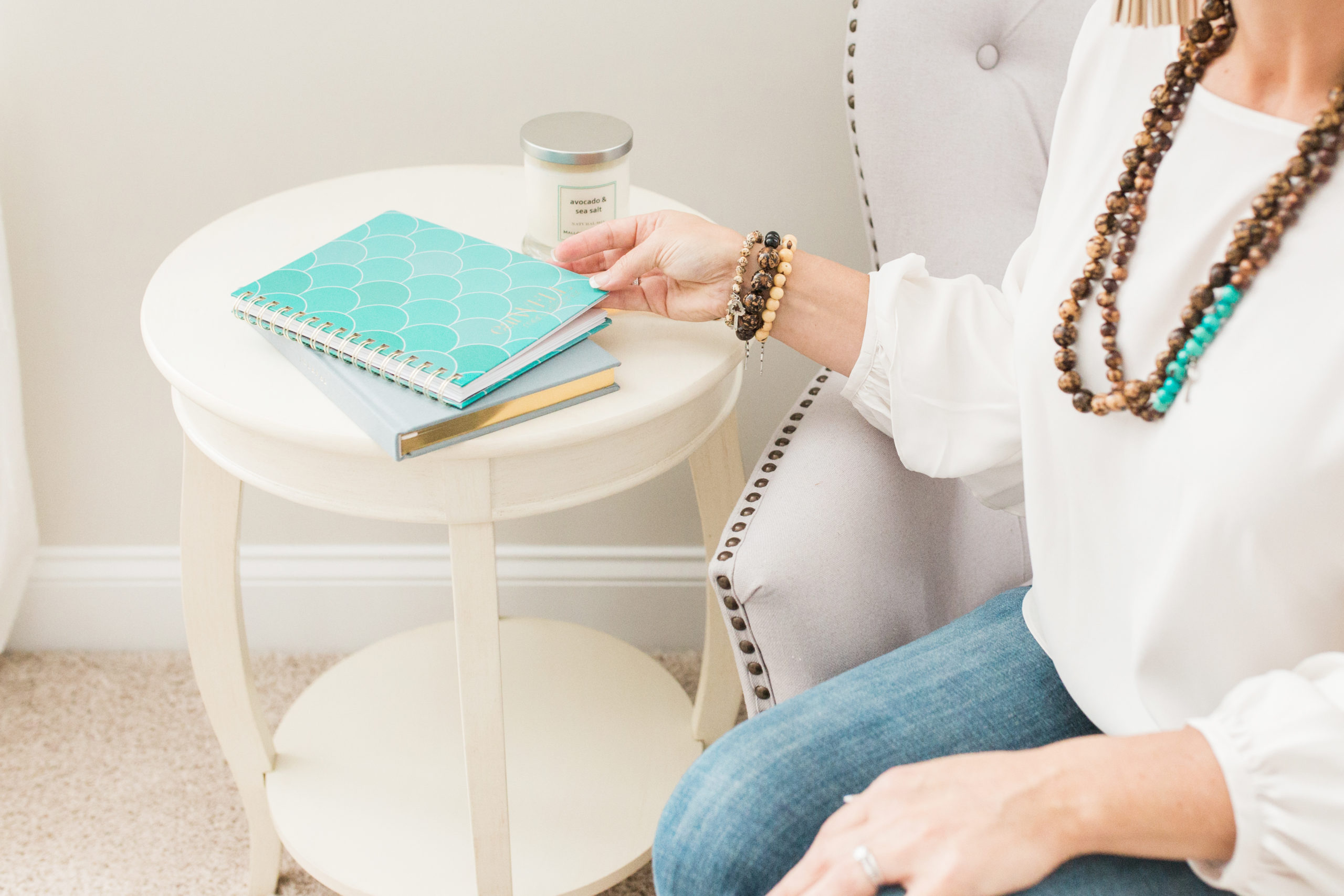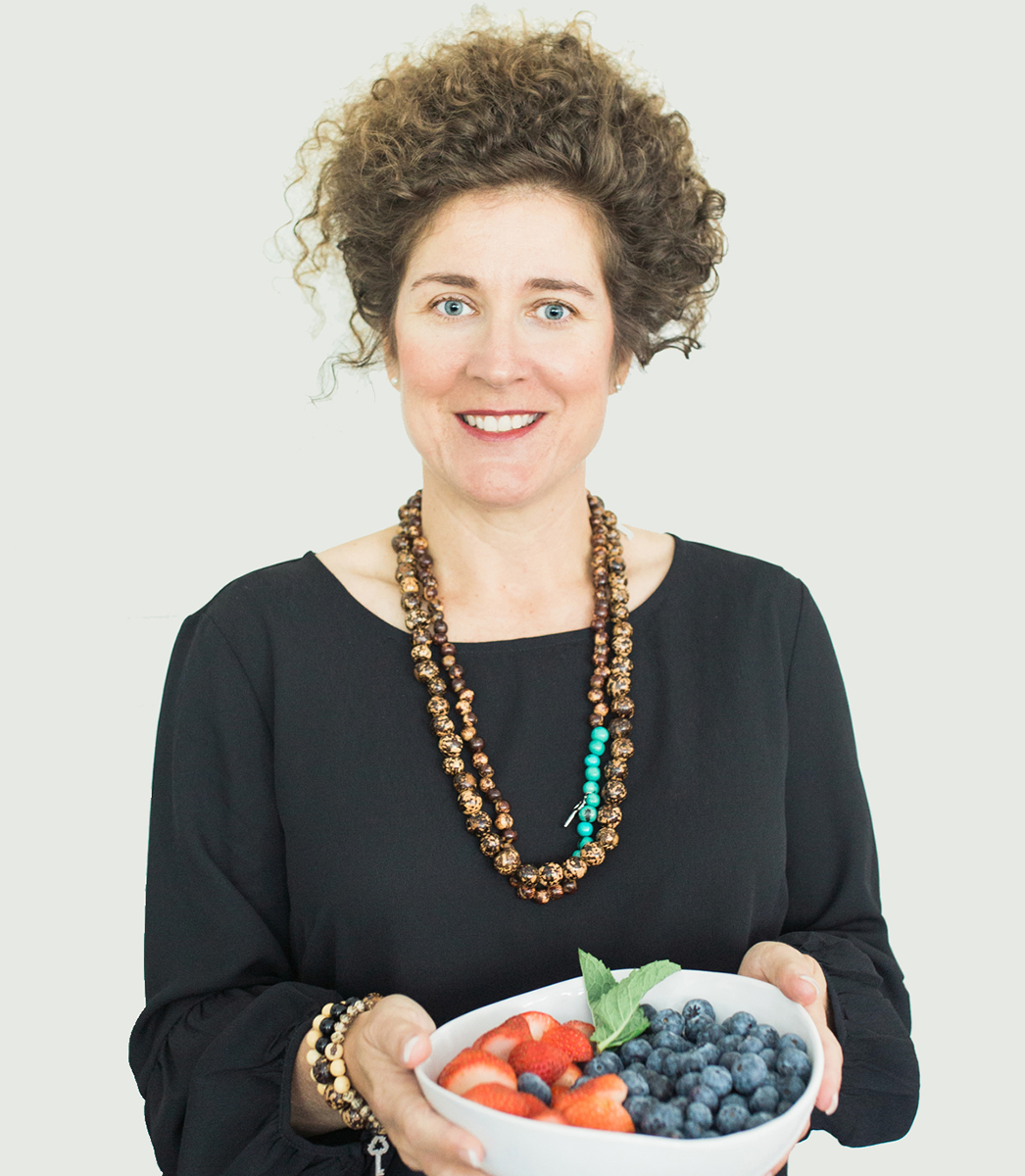First of all, let’s talk about our kid’s mental health! Recognizing anxiety in children is up to us, as parents, because kids don’t always recognize how they’re feeling.
Anxiety disorders affect 25.1% of children between 13 and 18 years old. Furthermore, research shows that untreated children with anxiety disorders are at higher risk to perform poorly in school, miss out on important social experiences, and engage in substance abuse.
- 9.4% of children aged 2-17 years (approximately 6.1 million) have received an ADHD diagnosis.
- 7.4% of children aged 3-17 years (approximately 4.5 million) have a diagnosed behavior problem.
- 7.1% of children aged 3-17 years (approximately 4.4 million) have diagnosed anxiety.
- 3.2% of children aged 3-17 years (approximately 1.9 million) have diagnosed depression.
Below are some ways to recognize anxiety in children.
Talking to our children, having them open up, supporting them, having honest, vulnerable, supportive conversations is the best thing we can do for them, and there’s no fear or shame in that. Most importantly, we need to be aware of changes in our child’s behavior. We must teach them the importance of healthy nutrition, mindfulness, faith, and a supportive community.
Stress and anxiety in children often show up as physical or behavioral changes. Children respond differently to stress depending on their age and coping skills, which can cause parents to overlook the underlying issues that may be causing their child’s behavior.
Therefore, it is important to recognize the signs of childhood stress and to look for possible causes. Recognizing anxiety in our children can look different for every family. Many children complain of a stomach ache when in reality, it’s anxiety. Furthermore, if your child is experiencing any of the following symptoms, it may be anxiety-related:
- Concentration issues;
- Moodiness, short-tempered;
- Fears (fear of the dark, being alone, or of strangers);
- Not wanting to go to school;
- Withdrawing from family or friends;
- Sleep problems; and
- Complaints of stomach aches or headaches.
Many things can cause stress and anxiety in children and young adults; however, the most common causes are:
- Academic pressure;
- Pressure of “fitting in” and being “popular”;
- Social Media;
- Bullying;
- Overly packed schedules; and
- Catastrophic event.
Some final thoughts.
Anxiety is a real problem faced by children and young adults today. When it comes to childhood anxiety, younger children may not be able to fully understand or explain their feelings. In contrast, older children probably understand what’s bothering them, though they may not want to talk about it. Therefore, it is important to be aware of changes in our child’s behavior.
The good news is that there are many things you can try to help your children cope with anxiety, such as healthy eating, breathing techniques, proper sleep, supplementation, and daily exercise. However, if you suspect anxiety in your child, know that you are not alone. Talk about it, find a routine that works for you and your family, and mindfully focus on affection and encouragement.
If you’re looking for ways to reduce stress, go to https://www.ourintentionallifestyle.com/ to grab my Five Secrets to Reducing Stress freebie.
Finally, our children’s mental health is just as important as their physical health and deserves the same support!


